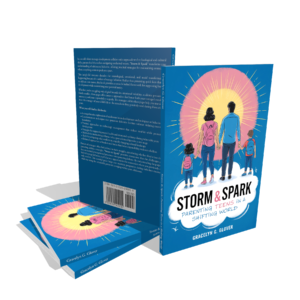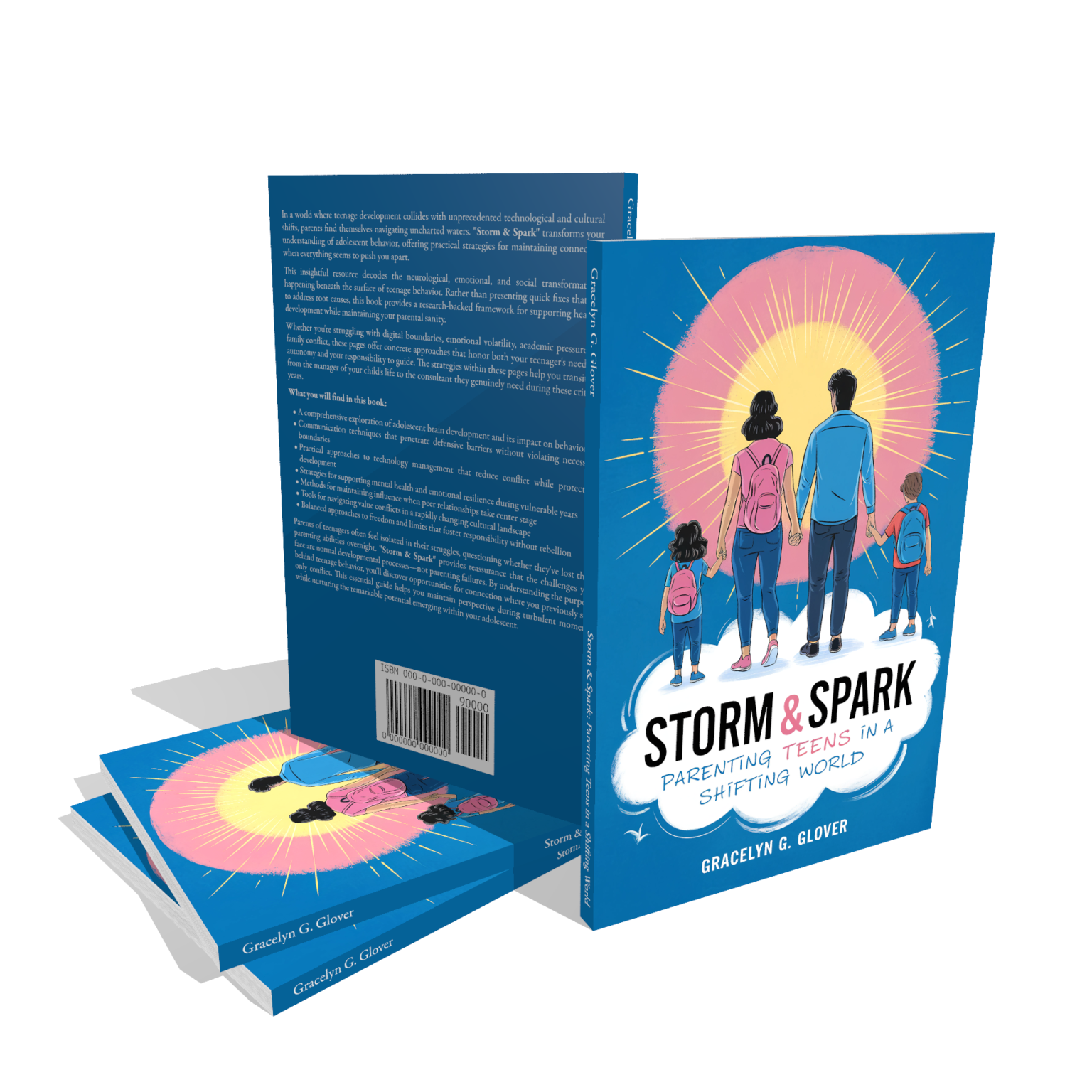Storm & Spark Parenting Teens Book Review – Complete Guide to Raising Adolescents in Today’s Digital World

Parenting teenagers in today’s shifting digital landscape requires a completely new approach that goes beyond traditional methods. If you’re struggling with adolescent behavior, communication breakdowns, or managing technology boundaries with your teen, you’re not alone. “Storm & Spark: Parenting Teens in a Shifting World” offers evidence-based strategies that transform challenging parent-teen relationships into meaningful connections. This comprehensive parenting guide combines insights into teenage brain development with practical tools for navigating modern parenting challenges, making it an essential resource for families dealing with the complexities of raising teens today.
Unlike generic parenting books that offer outdated advice, this guide specifically addresses the unique challenges of parenting teenagers in our hyper-connected world. You’ll discover how to maintain strong family bonds while respecting your teen’s growing need for independence, all while establishing healthy digital boundaries that actually work.
What You’ll Discover
- Understanding Teenage Brain Development: Learn how neurological changes during adolescence affect behavior, emotional regulation, and decision-making to transform your parenting approach
- Master Digital Boundary Setting: Discover practical strategies for managing technology use that reduce conflict while promoting healthy screen time habits and digital citizenship
- Effective Communication Techniques: Break through defensive barriers with proven methods that encourage open dialogue and meaningful conversations with your teenager
- Building Emotional Resilience: Provide the emotional support your teen needs to navigate peer pressure, academic stress, and social challenges in today’s complex world
- Collaborative Parenting Strategies: Learn to set boundaries that promote autonomy while maintaining safety, creating a supportive environment for healthy adolescent development
- Navigate Cultural and Social Pressures: Help your teen develop critical thinking skills to handle peer influence, social media pressure, and modern teenage challenges with confidence
Why This Book Matters
Teenage parenting today requires understanding both timeless adolescent development principles and modern challenges that previous generations never faced. This book bridges that gap by combining research-backed insights about teenage brain development with practical solutions for digital age parenting. You’ll learn to recognize the difference between normal adolescent behavior and concerning warning signs, giving you confidence in your parenting decisions during this crucial developmental stage.
The strategies focus on building connection rather than control, helping you maintain influence while respecting your teen’s developmental need for independence. Real-world applications mean you can immediately implement these techniques to see positive changes in your family dynamics and parent-teen relationship.
Key Features
This comprehensive ebook spans multiple chapters covering teenage brain science, communication strategies, digital boundaries, emotional development, and practical parenting applications. Available as an instant digital download, you’ll receive immediate access to research-backed strategies, practical worksheets, and implementation guides. The format allows for easy reading on any device, with printable exercises for hands-on practice. Also available as audiobook on Google Play Books and Spotify for convenient listening during commutes or workouts.
Frequently Asked Questions
How can I improve communication with my teenager who seems to shut down during conversations?
Communication breakdowns are common during adolescence due to brain development changes affecting emotional processing. The book provides specific techniques for creating “conversational sanctuaries” and timing conversations when teens are most receptive, helping you break through defensive barriers naturally.
What digital boundaries should I establish without creating unnecessary conflict?
Effective digital boundary setting focuses on collaborative approaches rather than authoritarian restrictions. You’ll learn to distinguish between healthy technology use and concerning patterns while implementing boundaries that respect your teen’s growing autonomy.
How do I know if my teen’s mood swings are normal or signs of mental health concerns?
The book provides clear frameworks for distinguishing typical adolescent emotional volatility from concerning mental health indicators, including duration, intensity, and functional impact guidelines that help you make informed decisions about seeking professional support.
Get Your Copy Today
Transform your teenage parenting experience with this comprehensive guide to modern adolescent development. Available for instant download at just $6.99, this ebook provides exceptional value compared to expensive parenting courses or family therapy sessions. Also available as audiobook on Google Play Books and Spotify for busy parents. Purchase your copy through all major ebook retailers including Apple Books, Barnes & Noble, and Kobo to begin building stronger connections with your teenager today.
Watch the Video Review

